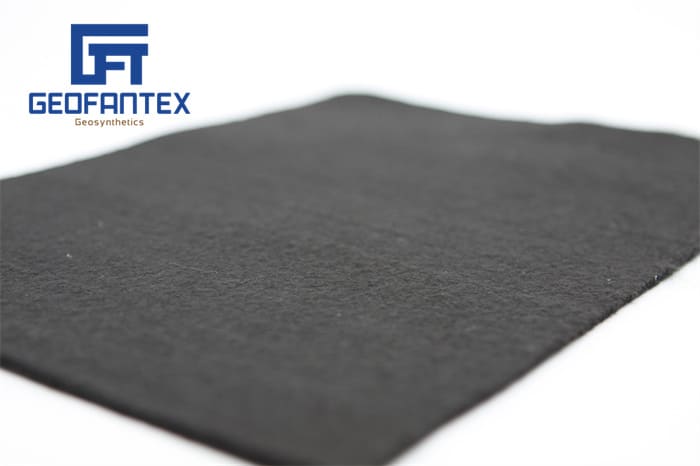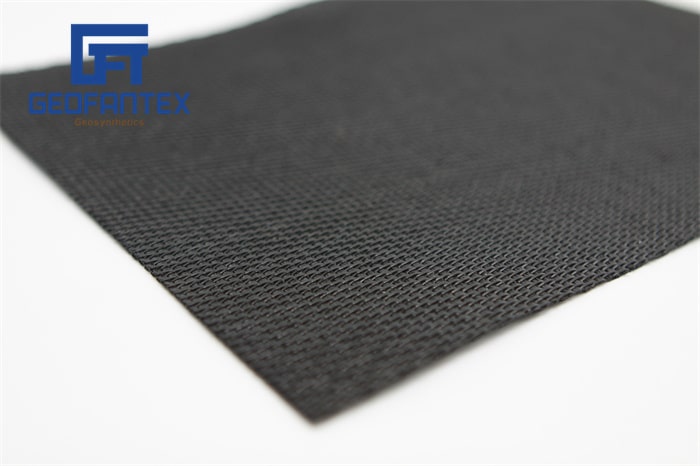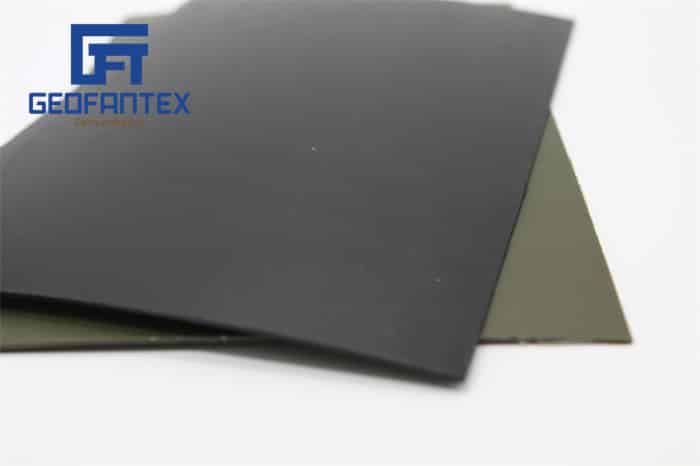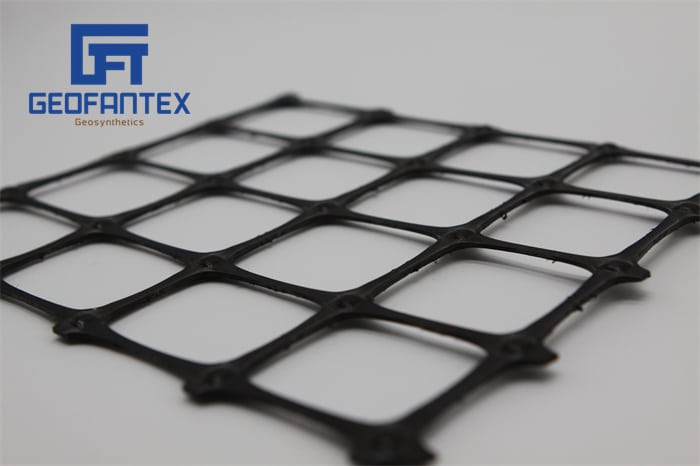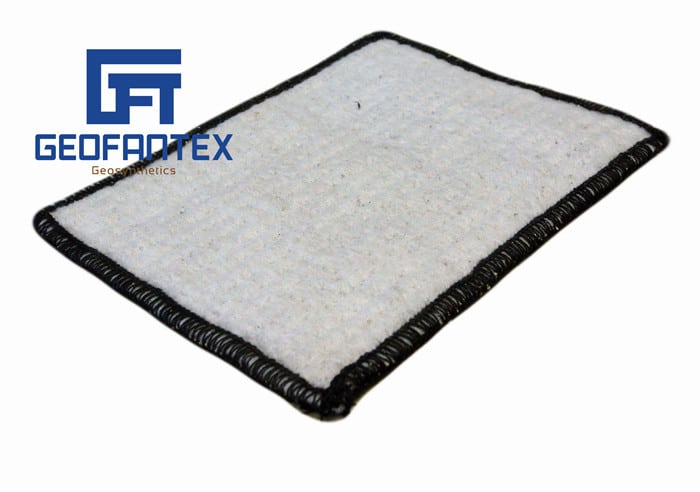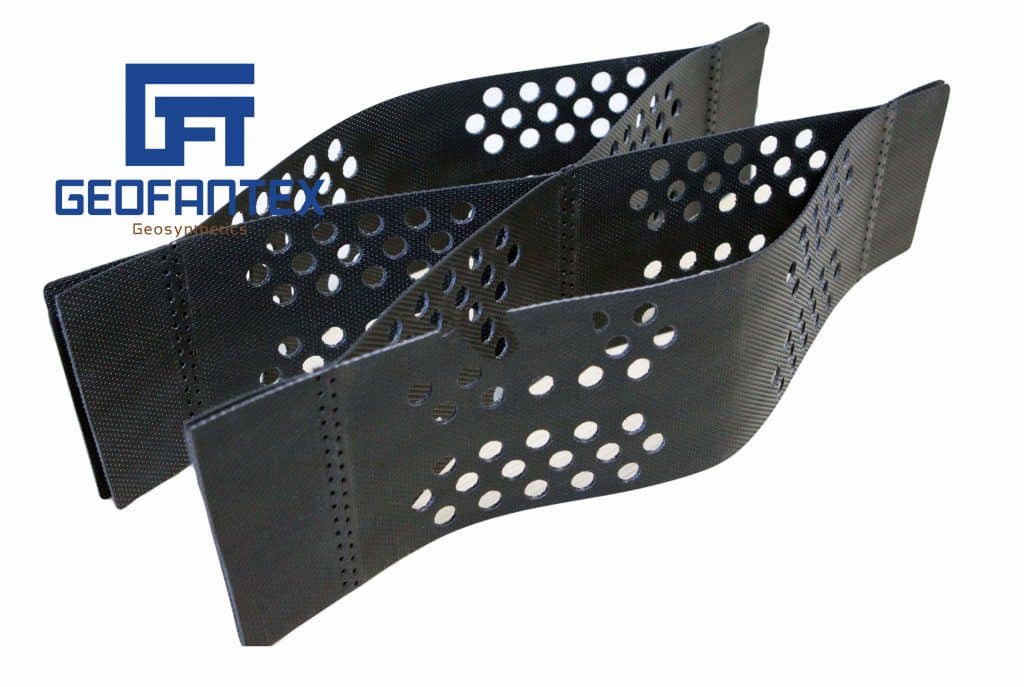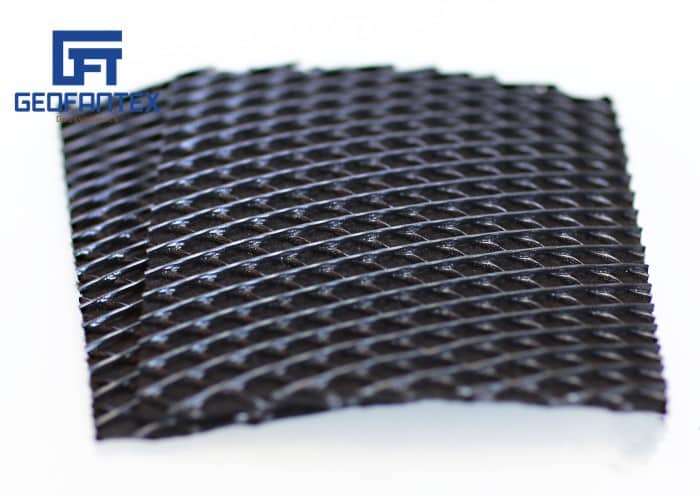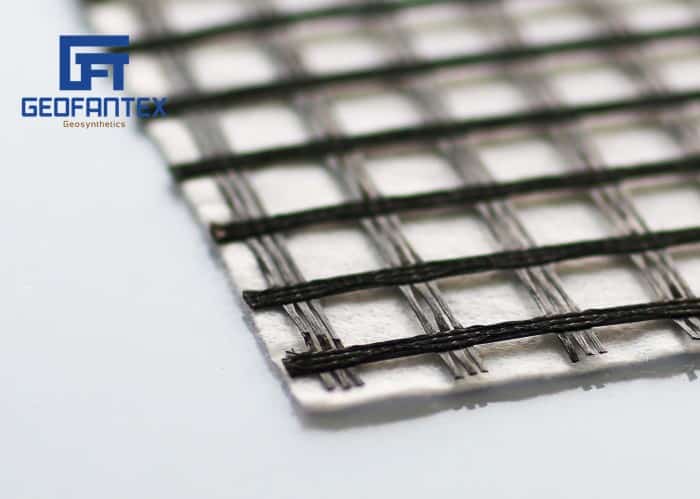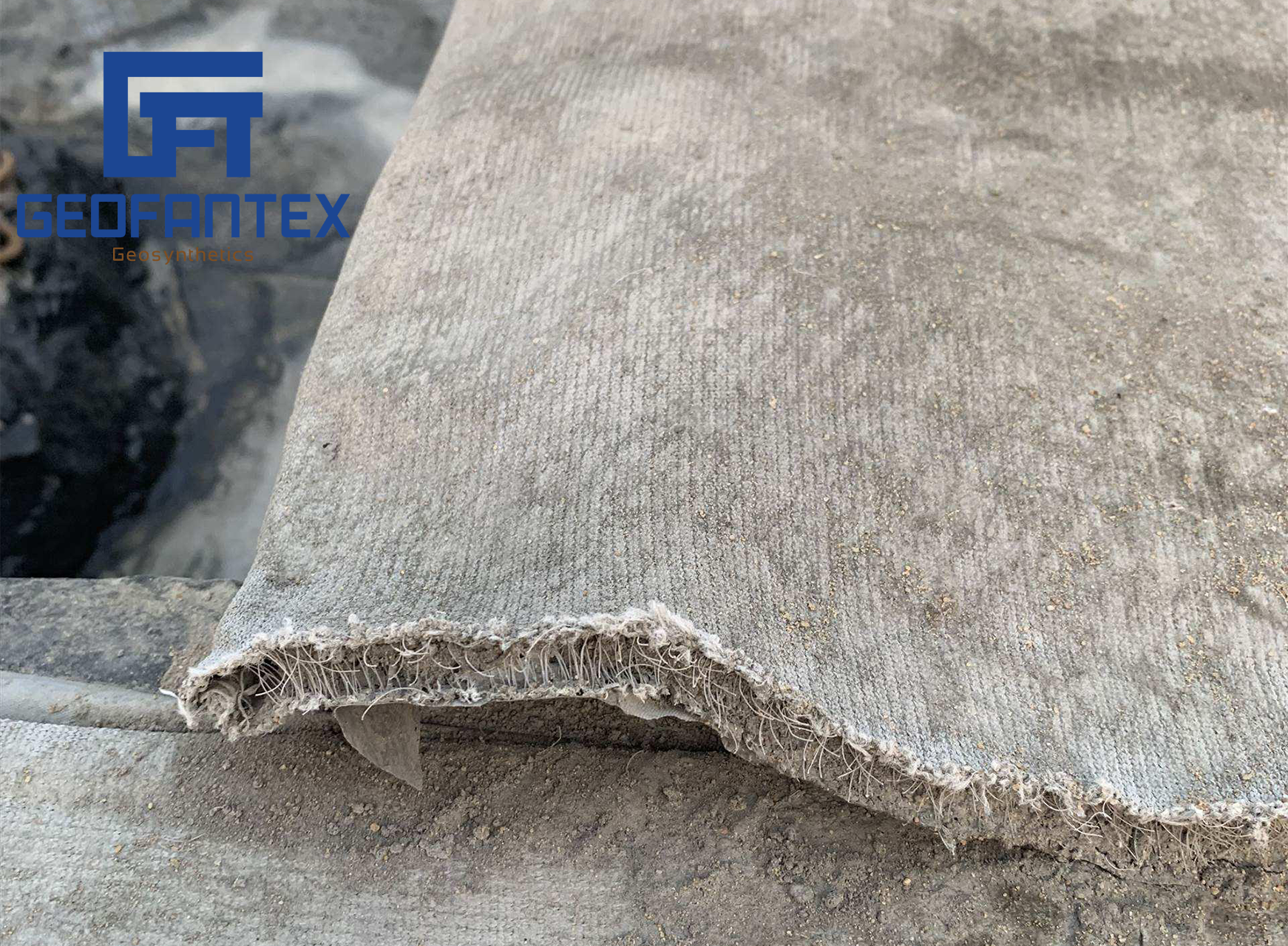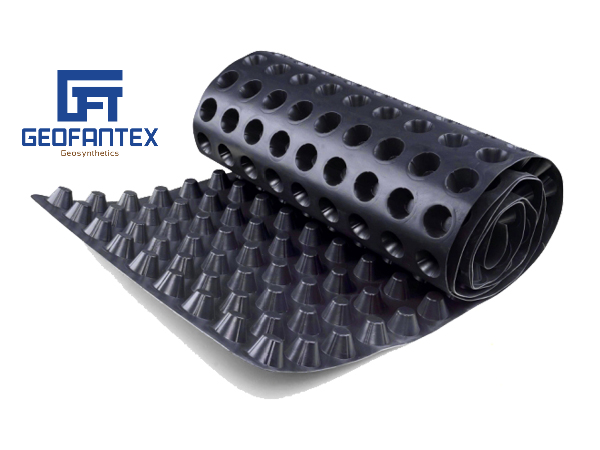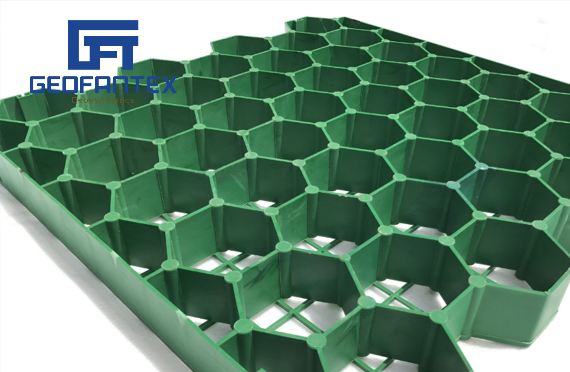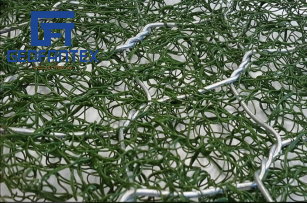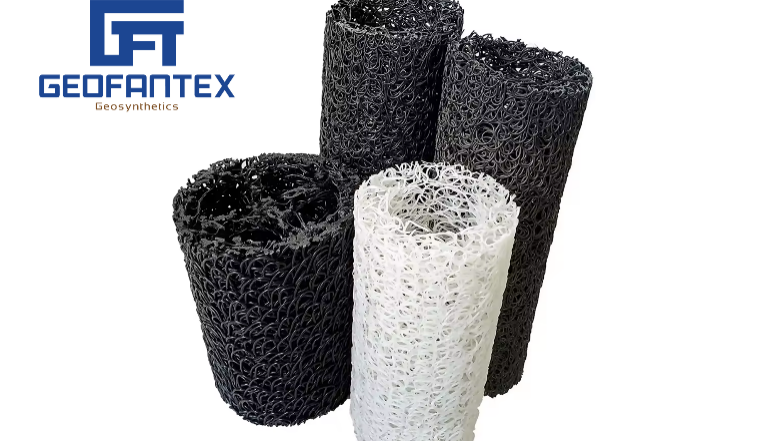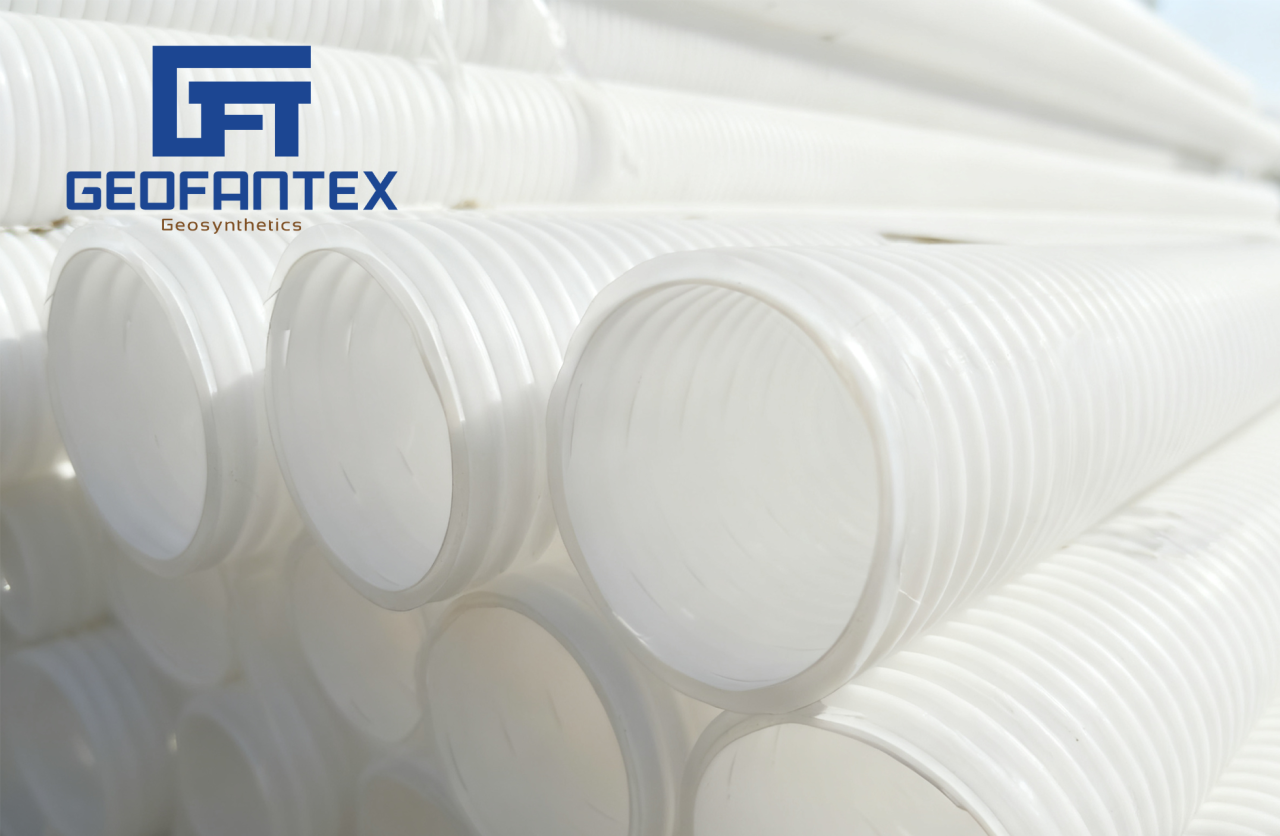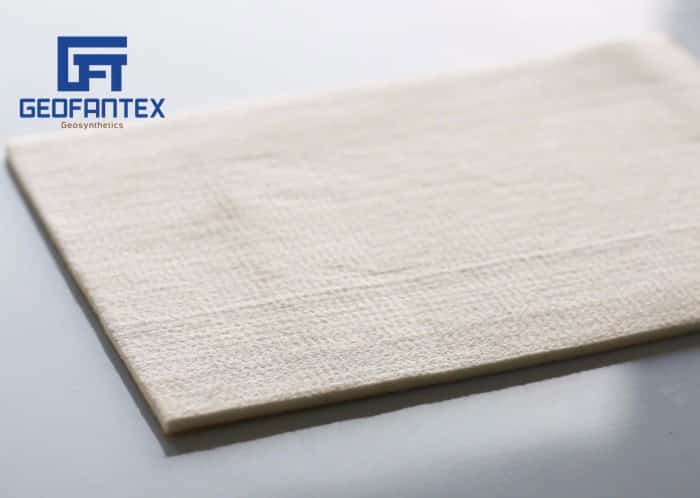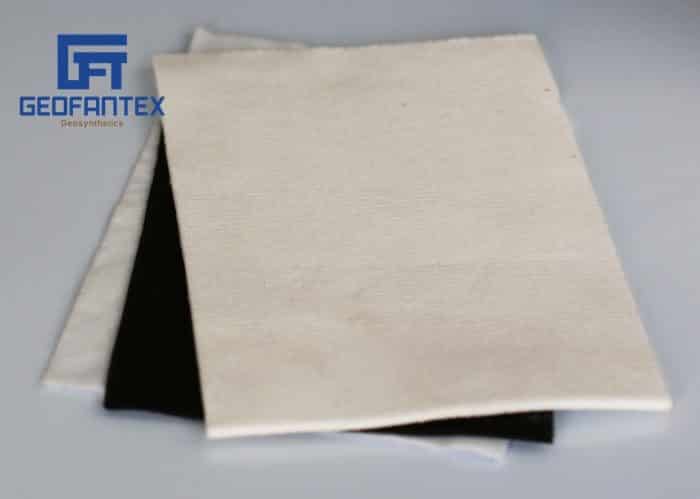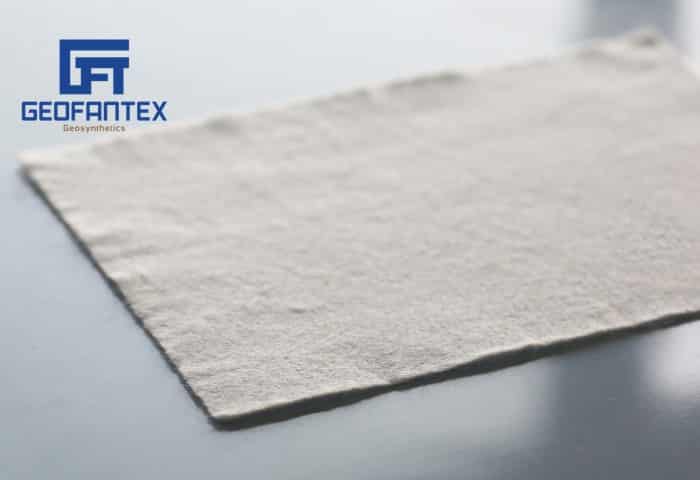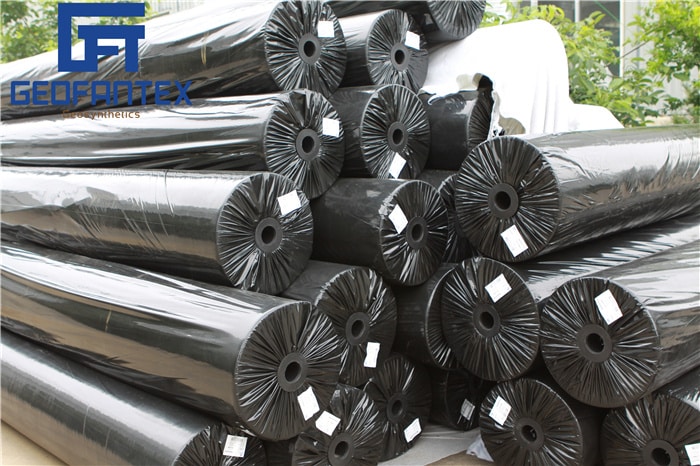+86-159 9860 6917
info@geofantex.com
geofantex@gmail.com
+86-400-8266163-44899
Geogrid ground grid is a high-performance geosynthetic material designed to improve soil stability, prevent erosion, and support heavy loads. For construction sites, driveways, or landscaping projects, using a geogrid ground grid can solve many common issues related to weak or unstable soil.
What problems does a geogrid ground grid solve?

Unstable soil can lead to rutting, sinking, and erosion, especially under heavy traffic or construction loads. A geogrid ground grid reinforces the subgrade by distributing loads evenly, reducing soil deformation, and preventing gravel or pavement from shifting.
Learn more at Geofantex Soil Stabilization Solutions.
How does a geogrid improve load-bearing capacity?
Geogrids work by interlocking with soil and aggregate layers to create a reinforced composite structure. This structure distributes weight more evenly, preventing localized failure or rutting.
For related products, visit Geofantex Geogrid Solutions.
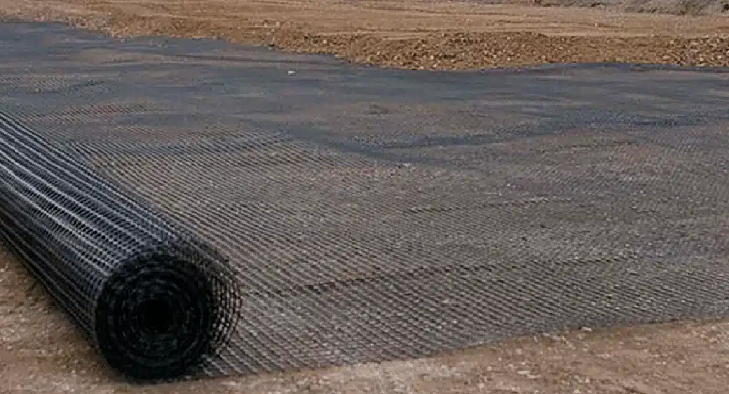
What types of geogrids are best for ground reinforcement?
- Biaxial geogrids: Provide strength in two directions, ideal for standard soil reinforcement.
- Triaxial geogrids: Offer uniform strength in multiple directions, perfect for high-load areas.
Explore Biaxial Geogrid Products and Triaxial Geogrid Options.
How is a geogrid ground grid installed?
- Excavate and level the subgrade.
- Lay the geogrid flat over the prepared surface.
- Overlap edges according to manufacturer recommendations.
- Add and compact gravel, sand, or other fill materials over the grid.
See detailed installation guidelines on Geofantex.
Using a geogrid ground grid provides a simple, effective solution for reinforcing soil, improving load distribution, and preventing erosion or rutting. Its geosynthetic design ensures durable, low-maintenance ground stabilization for a wide range of applications.
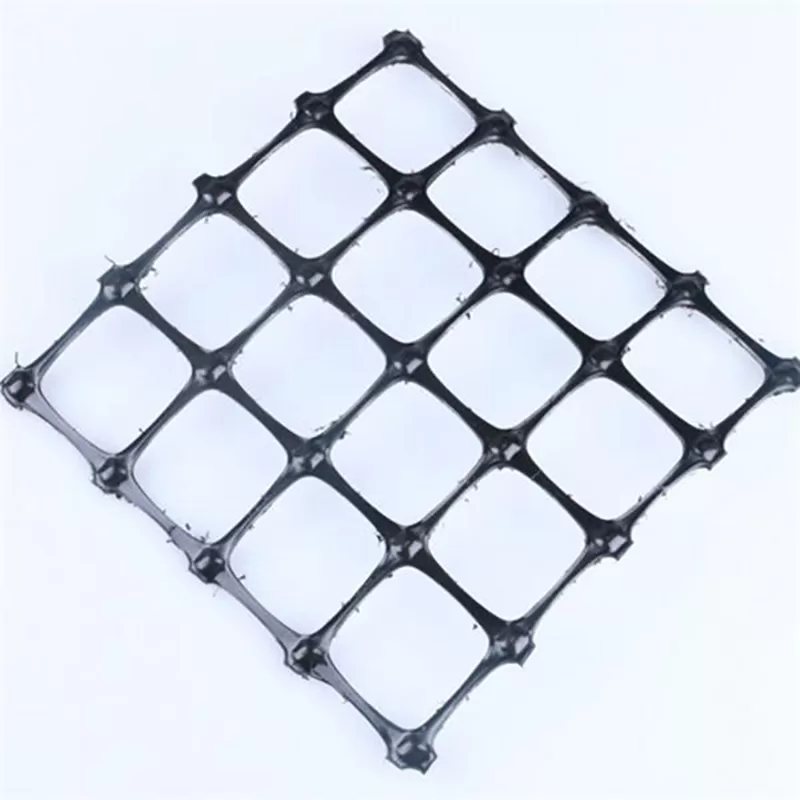
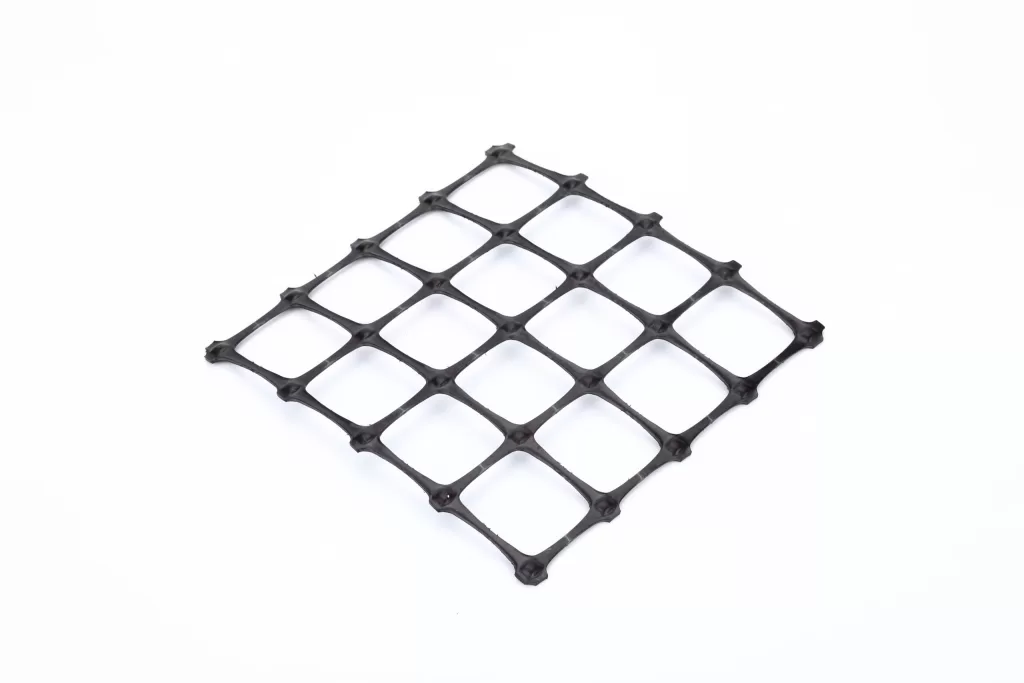
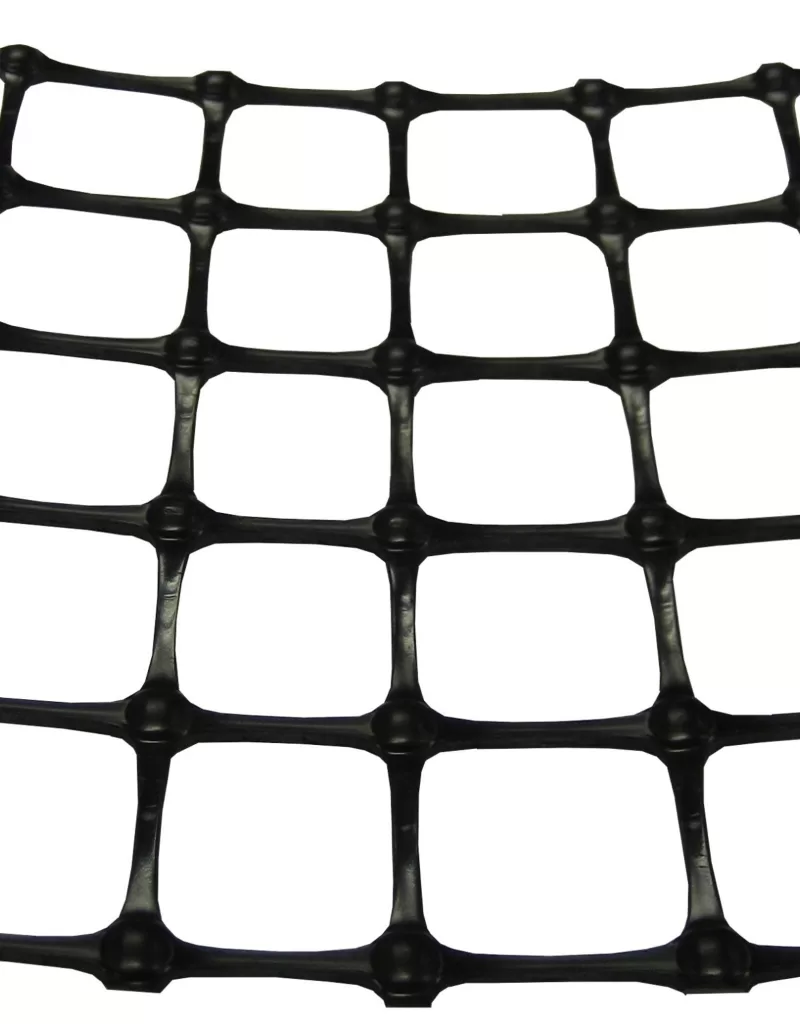
Get Free Sample
We’ll respond as soon as possible(within 12 hours)

